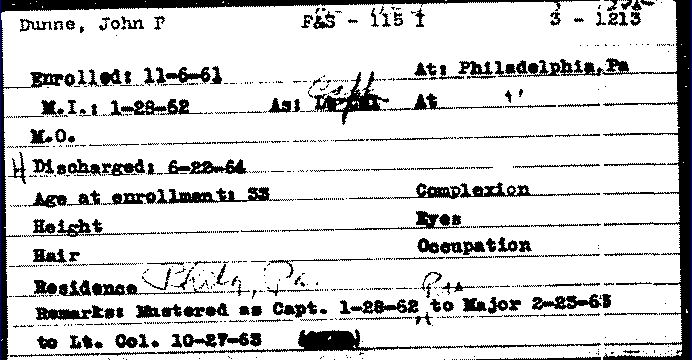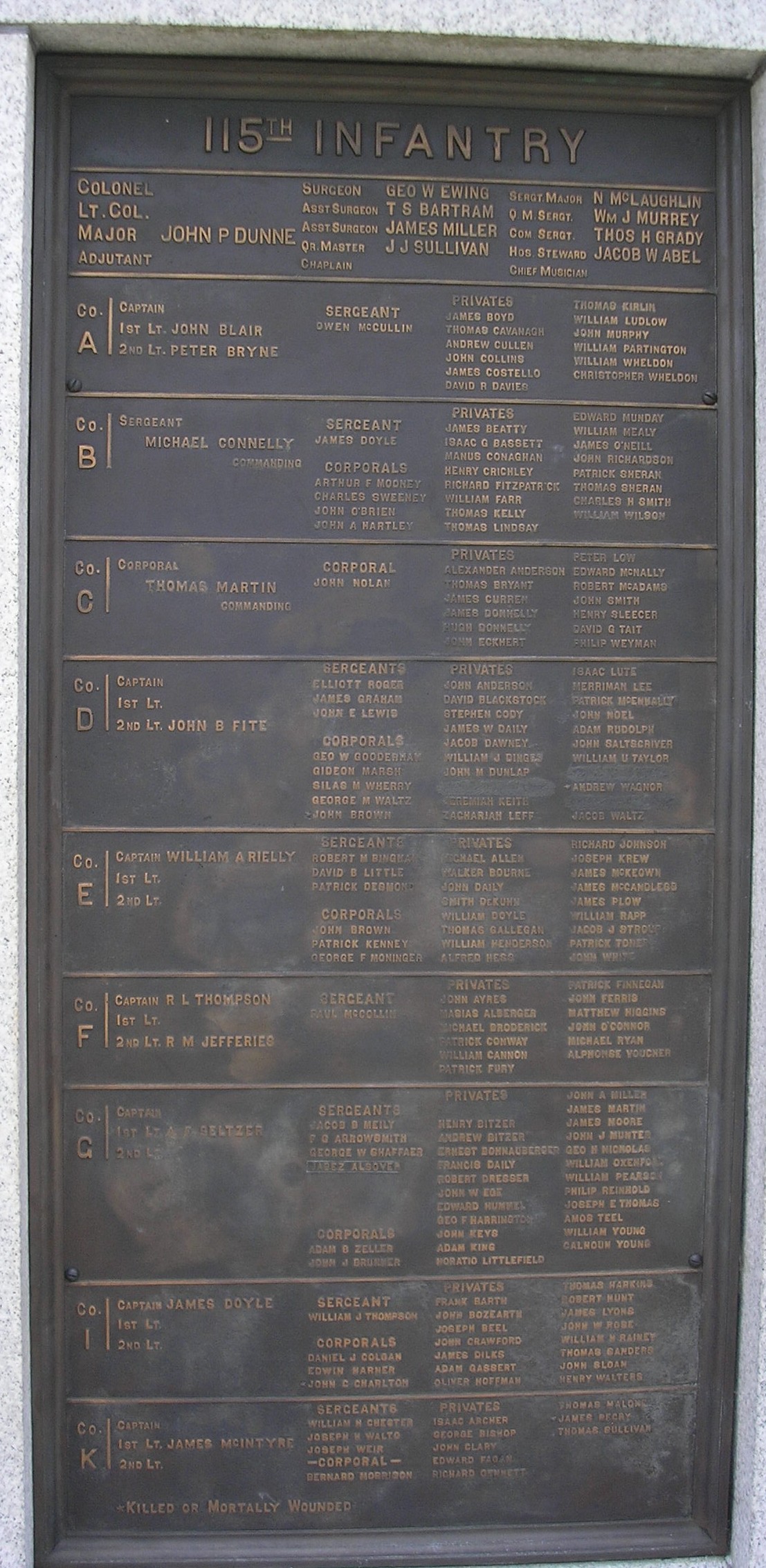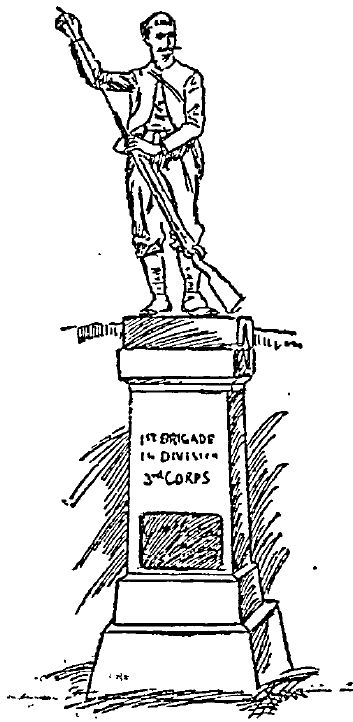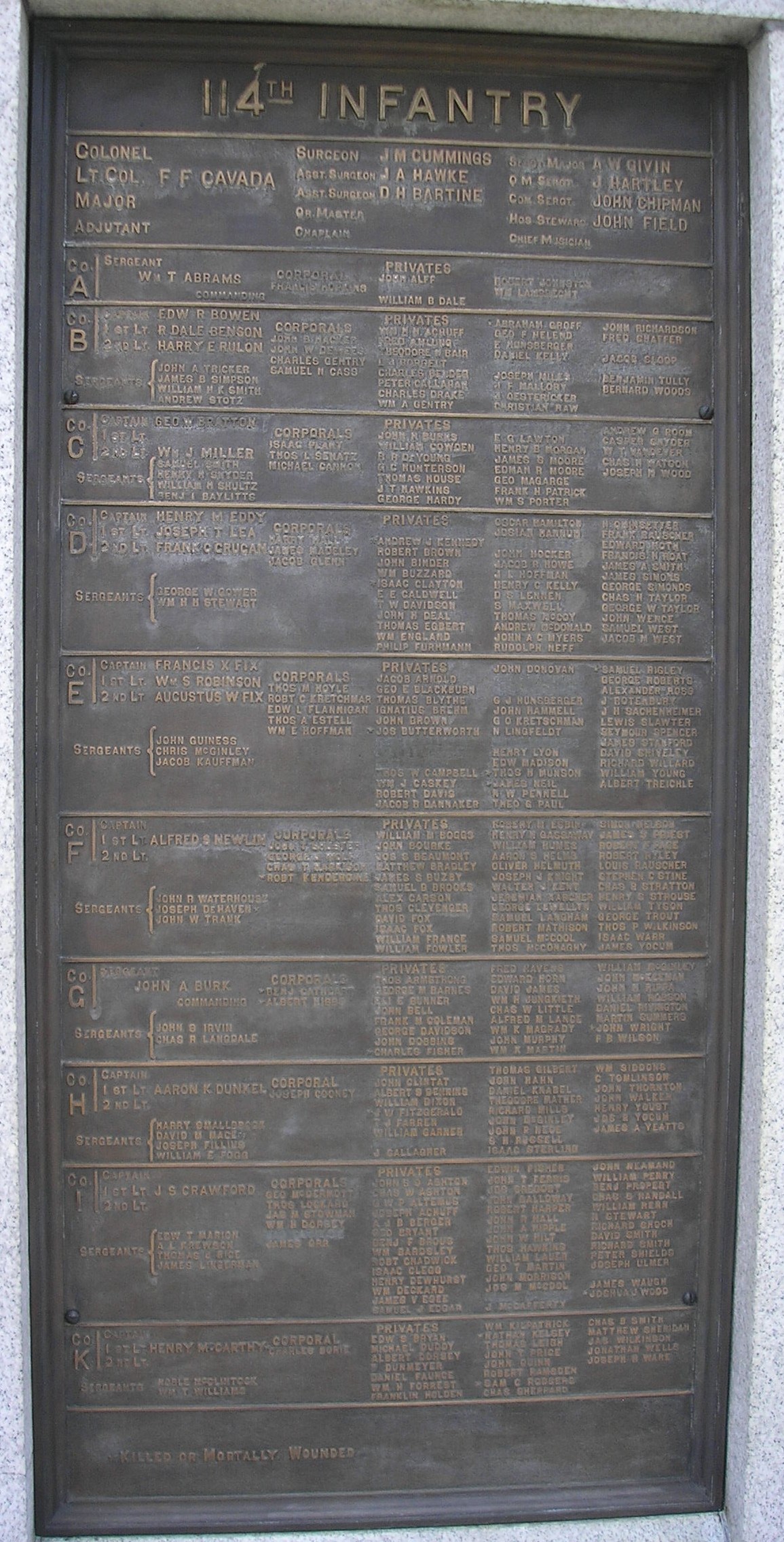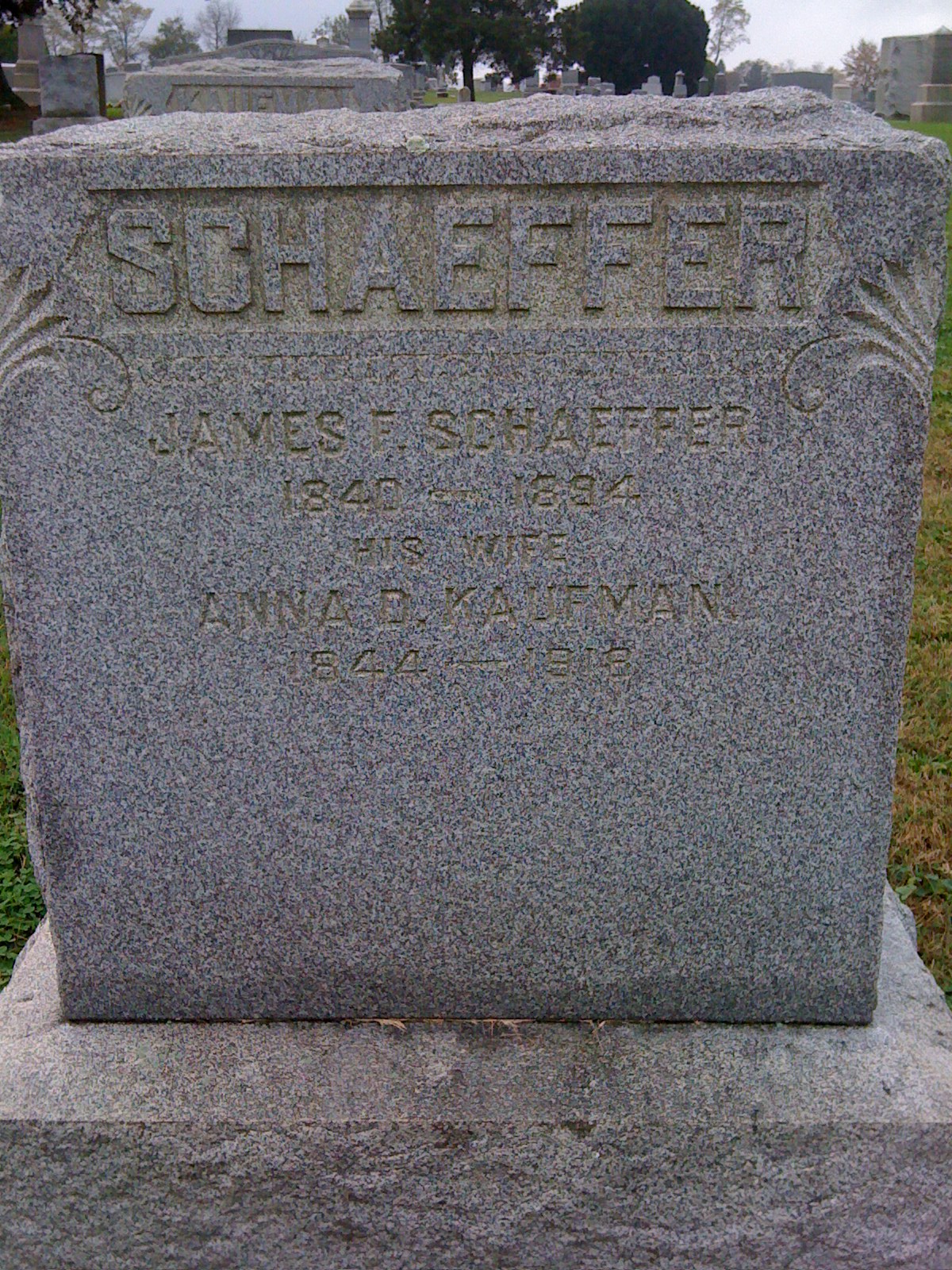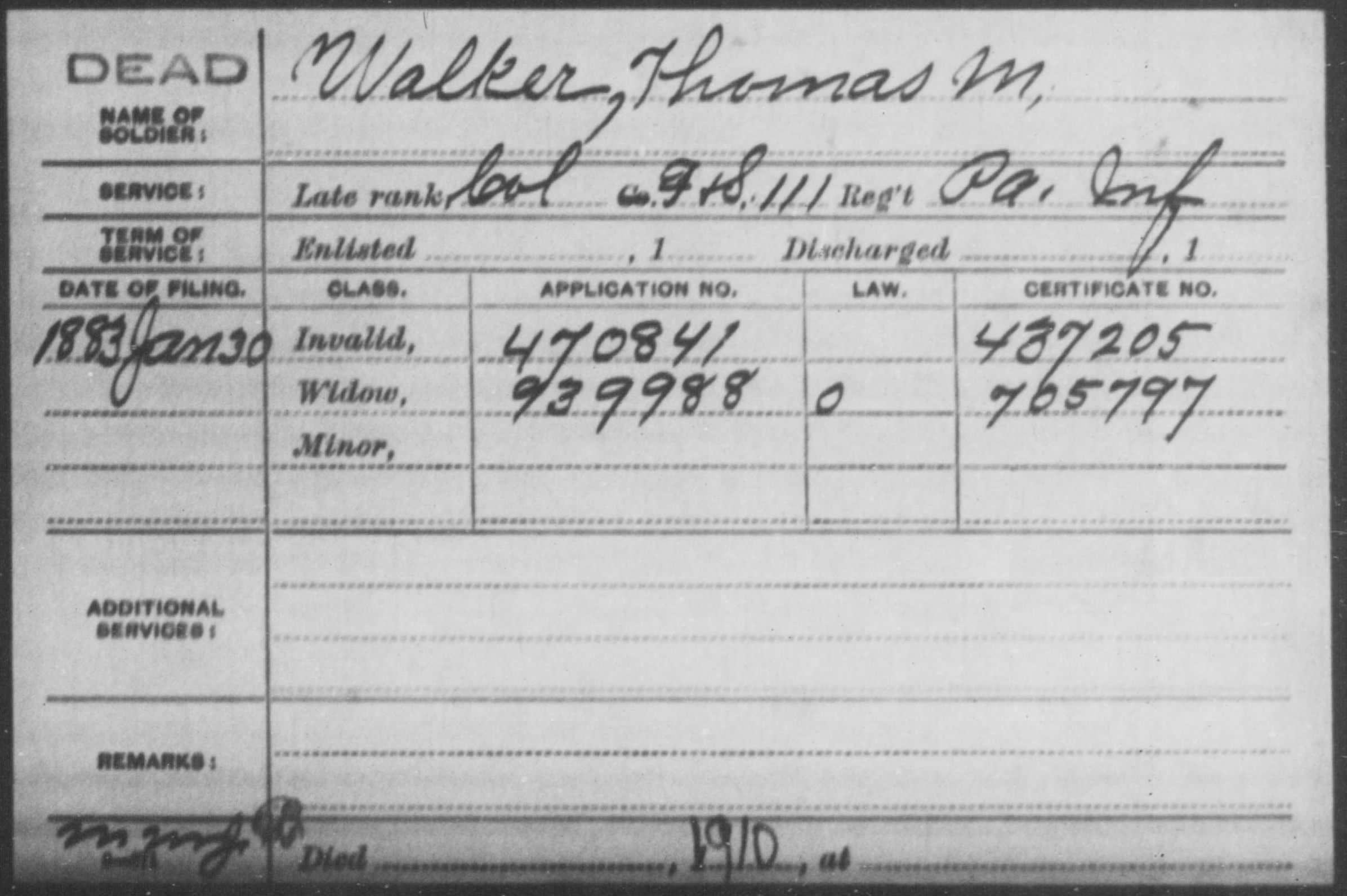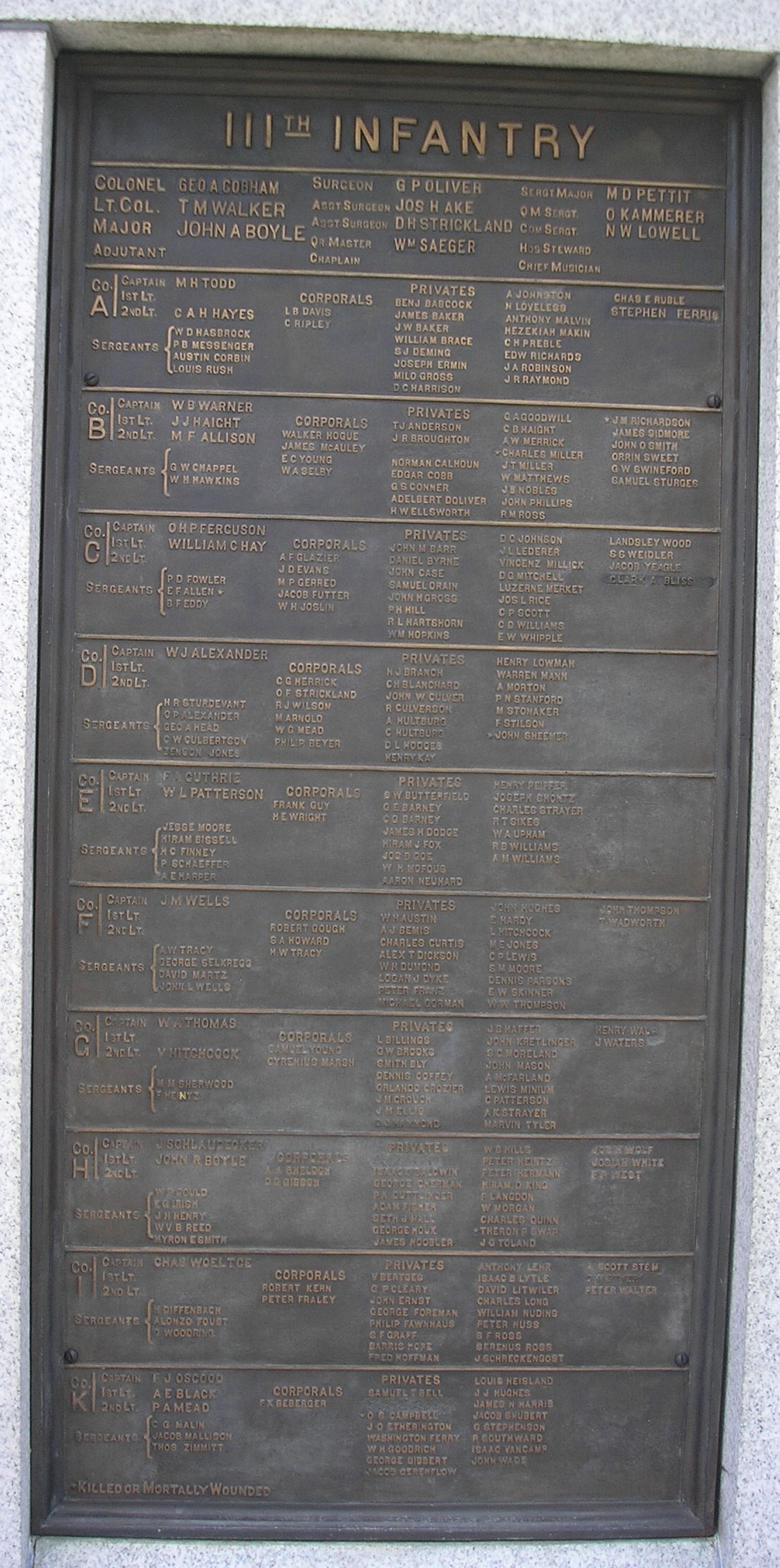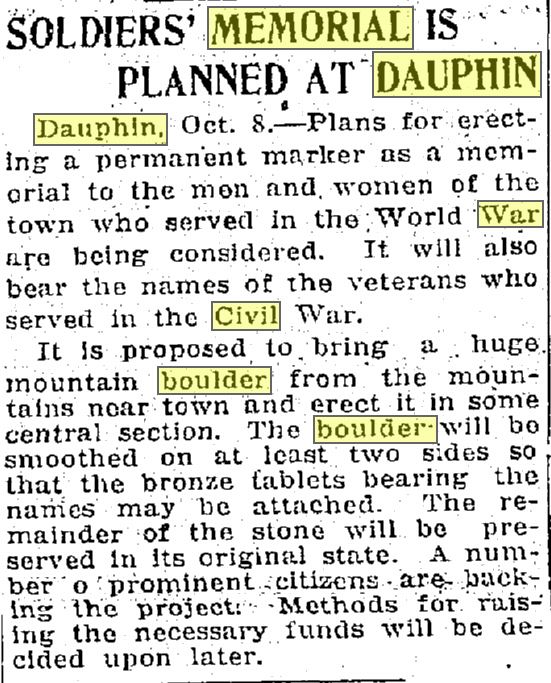Monuments at Gettysburg – 115th Pennsylvania Infantry
Posted By Norman Gasbarro on March 20, 2015
The 115th Pennsylvania Infantry Monument at Gettysburg is located south of the town of Gettysburg on DeTrobriand Avenue. It was dedicated in 1889 by the Commonwealth of Pennsylvania.
The drawing of the monument pictured above is from a Philadelphia Inquirer article of 11 September 1889.
A picture of the monument can be seen on Stephen Recker’s Virtual Gettysburg Web Site which has more information about the monument and the 115th Pennsylvania Infantry.
A full description of the second monument, its GPS Coordinates, additional photographs, and some of the history of the 115th Pennsylvania Infantryy, can be found on the Stone Sentinels Web Site.
——————————-
The Philadelphia Inquirer article of 11 September 1889 told of the “falling back” of the regiment from its original position on the battlefield and gave the the point of meeting of the survivors for the monument dedication day:
Where the 115th Didn’t Stay.
Robert E. Patterson‘s regiment, the 115th, was engaged in provost duty at Taneytown, 29 June 1863, and at Emmittsburg the next day. In command of Major John P. Dunne it rejoined its brigade in front of Round Top in an untenable position. The enemy shelled it out and it took another position along a wooded eminence to the southeast of the wheat field, under cover of a low stone wall, and by the side of the 8th New Jersey [8th New Jersey Infantry]. The regiment here held on intact while the lines on both sides were broken away, and not until flanked did it fall back. It retired to the Union battery’s position and with another charge checked the onset until the guns could escape. The men knelt in the tall wheat and drove the swarming rebels back into the woods. On the morning of the 3rd it was brought early to the front and at 3 P.M. was huried away at a double quick to support the Irish Brigade on the left centre, but did not reach that point in time to render any assistance. After the work of this regiment at Petersburg it had but 7 officers and 84 men present for duty, so it was consolidated with the 110th [110th Pennsylvania Infantry], with which it served until the close of the war.
The Survivors’ Association of the 115th will rendezvous on the field of Gettysburg at Meade Post Headquarters, on Cemetery Hill.
——————————
The commander of the 115th Pennsylvania Infantry at Gettysburg was Major John P. Dunne of Philadelphia.
Dunne joined the 24th Pennsylvania Infantry on 1 May 1861 as 1st Lieutenant of Company E. After completing the 3-month service he received an honorable discharge on 9 August 1861. He then enrolled in the 115th Pennsylvania Infantry, Company B as Captain in January 1862. Several months prior to the Battle of Gettysburg, he was promoted to Major at headquarters. As Major, he assumed command of the regiment at the death of Colonel Francis Lancaster at Chancellorsville. After the Battle of Gettysburg, he was again promoted on 27 October 1863 to Lieutenant Colonel of the regiment. John P. Dunne was discharged from the service on 22 January 1864.
On 15 March 1889, he applied for a disability pension, which he received and collected until his death which occurred at Norristown, Pennsylvania, on 23 December 1891. His wife survived him and she collected pension benefits until her death. Dunne is buried in the Old Cathedral Cemetery, Philadelphia.
More information about John P. Dunne can be found at his Findagrave Memorial.
——————————
Around the base of the Pennsylvania Memorial at Gettysburg are a series of plaques which, by regiment and company, note the names of every soldier who was present at the Battle of Gettysburg. The plaque for the 115th Pennsylvania Infantry is pictured below. By clicking on the plaque it should enlarge so the names can be more clearly read. If a name does not appear, it could be that the soldier did serve in the 115th Pennsylvania Infantry, but was not part of the regiment during its days at Gettysburg. There could also be errors on the plaque.
 ;
;

